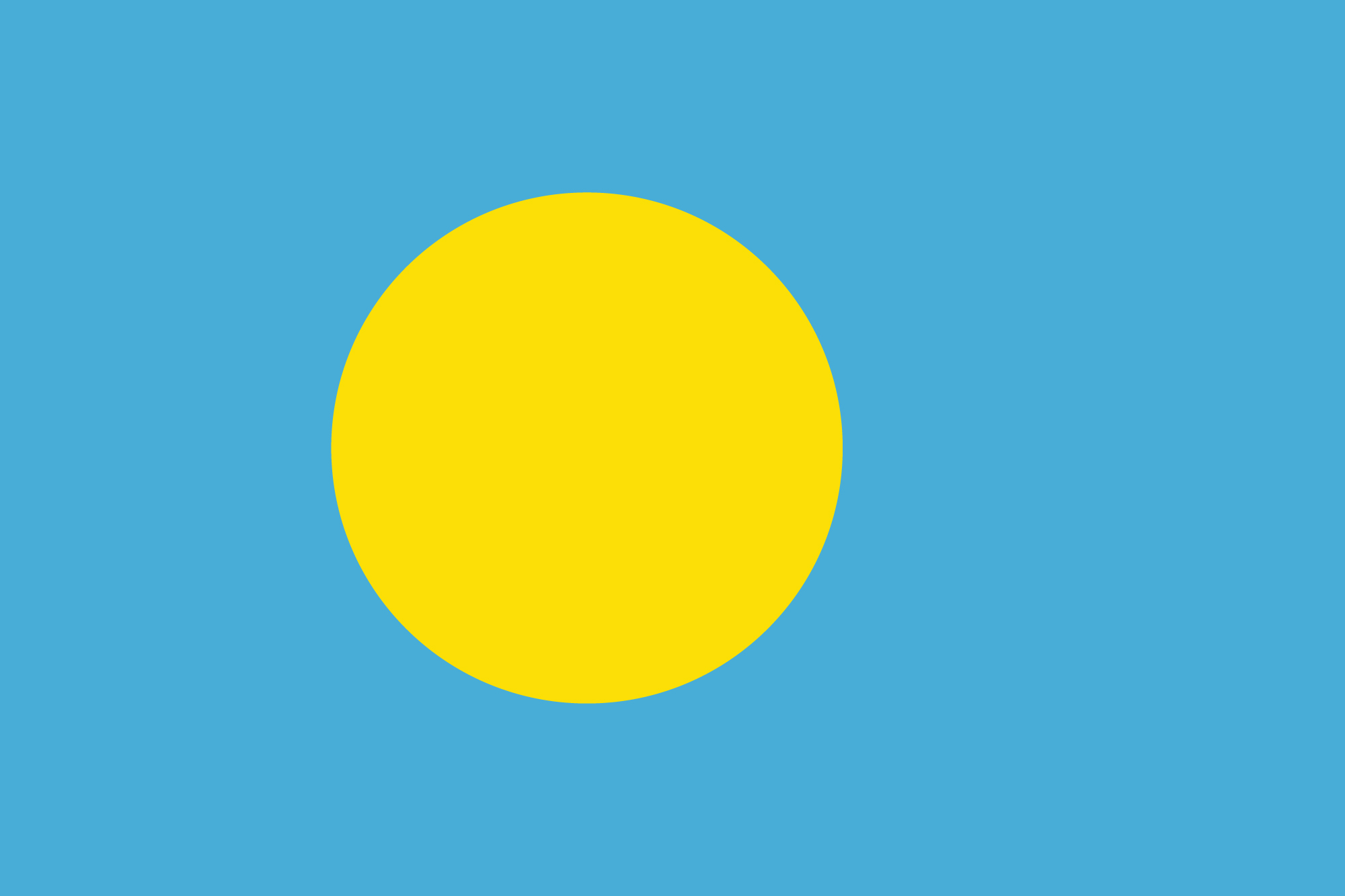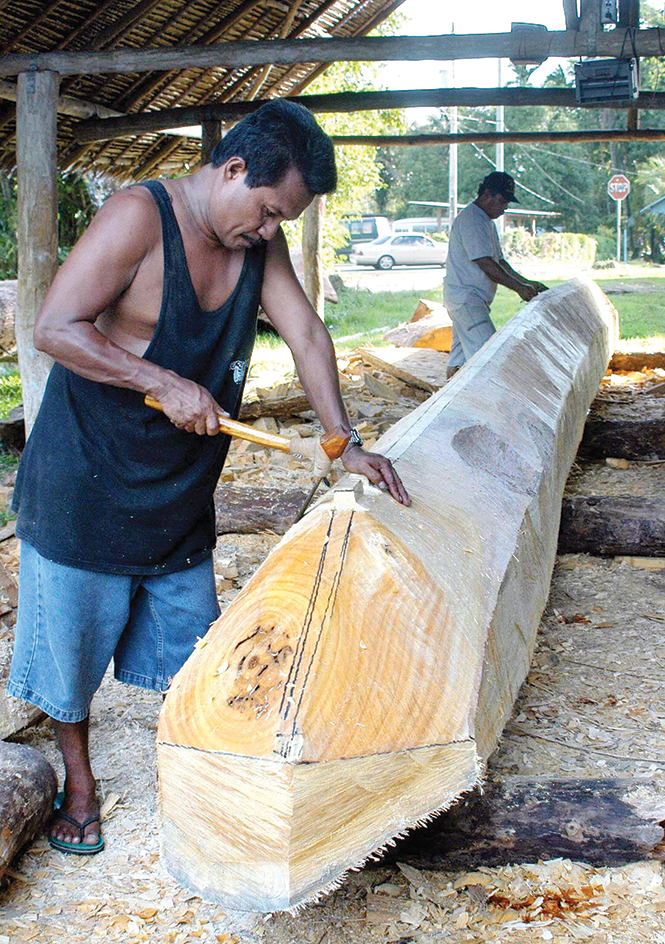Palau is a small island nation in the western Pacific Ocean. The country is also known as Belau. Palau consists chiefly of about 200 islands in a chain that lies about 500 miles (800 kilometers) east of the Philippines. Palau is part of the Caroline Islands, which belong to a larger island group known as Micronesia.

The United States administered the Palau islands under a United Nations trusteeship called the Trust Territory of the Pacific Islands from 1947 until 1994. That year, Palau became independent. Melekeok, on Babelthuap Island, is the capital. Koror, on Koror Island, is the largest town. About 20,000 people live in Palau.
Government.
Palau is a republic in free association with the United States. Under this arrangement, the Palauan government controls the nation’s internal and foreign affairs. However, the United States is responsible for the defense of the islands.

Palau’s government is divided into executive, legislative, and judicial branches. The president is elected to a four-year term. Palau has a two-house legislature. Voters elect its 13 senators and 16 delegates every four years. The Supreme Court is the highest court in Palau. Judges are appointed by the president on the advice of the Judicial Nominating Commission.
People.
Most Palauans are descended from the people who originally settled the islands thousands of years ago. About two-thirds of Palau’s people live on Koror Island. Most of the rest of the islands’ people live in scattered rural villages. They farm the land but grow barely enough food to make a small profit. The main foods of Palauans include seafood and taro, a plant with a starchy, edible underground stem.
Palauan and English are both official languages of Palau. Palauan children from ages 6 to 14 must attend school. Most of the people of Palau are Christians. Many of the rest follow a local religion known as Modekngei, which emphasizes traditional Palauan culture and values.

Land and climate.
Palau consists mainly of a chain of about 200 islands. The chain extends approximately 100 miles (160 kilometers) from north to south and is about 20 miles (32 kilometers) wide. It is surrounded by a coral reef and is often referred to as the Palau Islands. However, several other scattered islands are also part of Palau. Altogether, Palau has a land area of 177 square miles (459 square kilometers). Babelthuap, also spelled Babeldaob, is Palau’s largest island.
The northern islands of Palau are of volcanic origin and have rich soils. Most of these islands are fertile and have many trees. The southern islands are upraised coral formations. Most of these islands are too rugged for people to live on. But they are a major tourist attraction because of their spectacular natural beauty.
Palau has a tropical climate, with daytime temperatures of about 80 °F (27 °C). The islands receive more than 150 inches (380 centimeters) of rain a year.
Economy.
The Palauan government employs many people. Some of the money for government operations comes from the United States. Tourists from China, Japan, Taiwan, and other countries contribute much to Palau’s economy. The country imports much more than it exports.
Agriculture’s role in Palau’s economy has decreased, and the country must import much of its food. Fishing and construction are important to Palau’s economy.
History.
Archaeological evidence suggests that Palau was one of the first island groups in Micronesia to be settled. The ancestors of the islanders may have arrived from Southeast Asia at least 4,000 years ago.
Spain ruled Palau from 1885 to 1898, when Germany gained control. After Germany’s defeat in World War I (1914-1918), Japan administered the islands. Palau became Japan’s headquarters for Micronesia, and the islanders were soon outnumbered by Japanese settlers.
After World War II ended in 1945, the Japanese settlers were sent back to Japan. In 1947, the United States began administering the islands as part of the Trust Territory of the Pacific Islands. Palau became a self-governing republic in free association with the United States in October 1994. In December 1994, it became a member of the United Nations. In October 2006, the capital was moved from Koror to Melekeok.
See also Caroline Islands; Melekeok; Peleliu.
